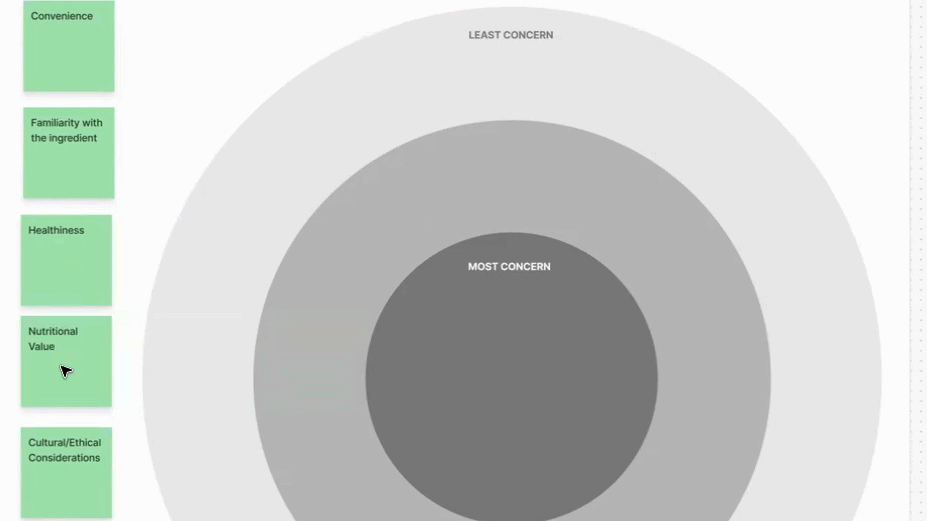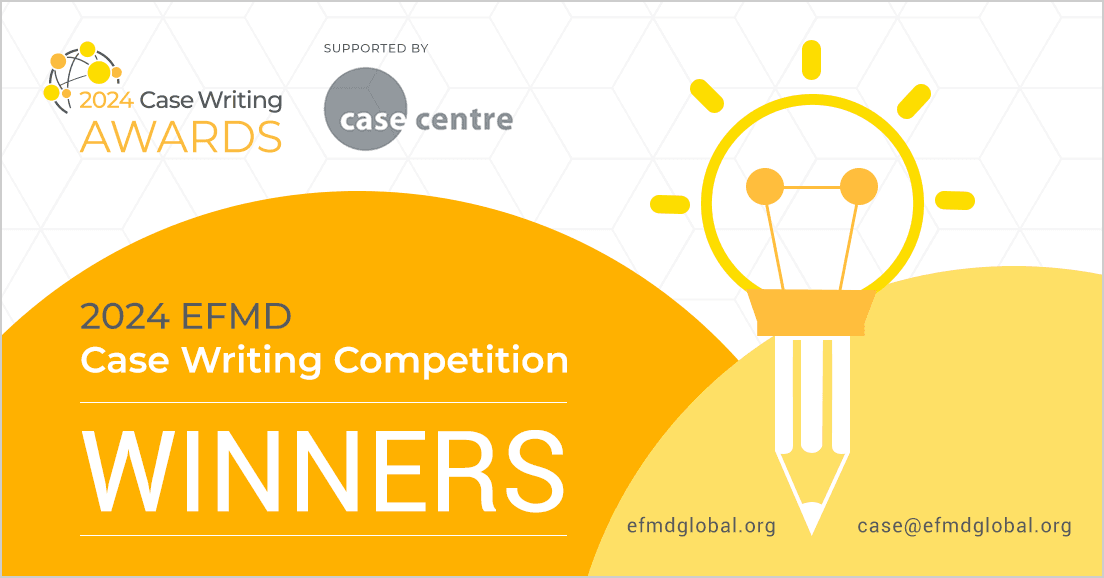When Health Is Like Air: Gaining Insights Into Healthcare Values and Behaviors
02/07/2025

Author: Subaru (Ting Yan Wong) is a design lead passionate about crafting impactful solutions through product design and research. Her versatile background spans visual, product, and branding design, with hands-on experience in eCommerce, logistics, and healthcare. Since joining Moon, she has embraced her curiosity and commitment to innovation to create designs that improve lives. Subaru’s professional interests center on design, product innovation, and aligning business strategy with creative solutions.
Throughout my time at Moon, I’ve been fortunate to collaborate with an amazing team on various healthcare projects. These endeavors have been both fascinating and deeply meaningful, as they touch on an area intrinsically connected to everyone’s life. Healthcare is not just a service or a system; it’s a deeply personal and universal experience.
“Health is like air,” one participant told us during an interview — a simple statement that perfectly captures the paradox of health. It’s essential yet often invisible, deeply personal but challenging to articulate. It’s this abstract nature of health that makes design research in this space so complex and rewarding.
At the heart of every healthcare project lies curiosity: How do people define health? Where does it fit in their lives? What motivates or hinders their well-being? Uncovering these insights requires creativity, empathy, and the willingness to embrace abstraction.
So, how can we, as design researchers, translate intangible ideas into tangible insights? In this post, I’ll share strategies that help us understand users’ needs and craft solutions that truly matter.
Ask the Right Questions
To truly grasp people’s thoughts on healthcare, our first instinct is often, “Let’s talk to them.” Qualitative research allows us to go beyond surface-level insights, uncovering rich, personal stories that shape people’s experiences.
But when it comes to health — something deeply personal yet shaped by emotional, cultural, and societal layers — the challenges multiply. Asking someone about their health priorities or habits demands more than simple questions. It requires trust, sensitivity, and an environment where people feel comfortable sharing openly.
Take the “BEEfficient” project, for example, which aimed to introduce healthy eating habits for busy individuals. The team sought to gain a deep understanding of the participants' eating and cooking habits. However, they knew that directly asking interviewees straightforward questions, such as what they eat or cook, might result in overly predictable and surface-level responses. So, how could they uncover deeper insights? The key was in asking the right questions: thoughtfully crafted ones that encouraged reflection without leading answers.
Rather than starting with direct questions about food, we encouraged participants to talk about their daily lives, including work, relationships, and social environments. By exploring how external influences shaped their habits, we gained a more comprehensive view of the factors driving their lifestyles and values. This approach revealed unexpected insights and highlighted the interconnectedness of health behaviors with broader life contexts.
In qualitative research, the quality of engagement is just as important as the data itself. By facilitating an open dialogue and digging deep into the participants' lives, we uncover insights that lead to meaningful design solutions.
Make It Fun

Speaking isn’t always the best way for people to express their thoughts fully. Often, individuals aren’t entirely aware of their deeper feelings or complex thought processes. As researchers, our goal is to gather diverse perspectives and enable analysis from multiple angles, uncovering hidden layers of meaning.
“Interactive Interview Exercises” can transform the research process. These activities create a relaxed, engaging environment that encourages participants to share their experiences more freely. Not only do they provide thoughtful reactions, but they also make the process enjoyable, reducing the formality and pressure often associated with traditional interviews.
For the “BEEfficient” project, the team designed “Interactive Interview Exercises” to explore the factors influencing participant’s eating and cooking decisions as an online exercise. Participants were asked to select and prioritize these factors, leading to fascinating insights. For example, while many spoke about their family’s influence on shaping their food and health values, family often didn’t rank highly as a direct influence on immediate food decisions. At first glance, this seemed contradictory. But it revealed an important distinction: family plays a long-term, passive role in shaping habits over time, while immediate food decisions are driven by short-term factors like convenience, cost, or cravings.
The interactive exercise not only surfaced these nuanced dynamics but also fostered a fun, collaborative atmosphere. Participants felt less like they were being interrogated and more like they were engaging in a meaningful activity. By creating this relaxed environment, we uncovered deeper, more authentic insights while ensuring the process was positive for everyone involved.
Get Closer to Your Users
We’ve discussed the value of online interviews and remote interactions, but sometimes, the most profound insights come from stepping away from the computer and meeting users where they are. Going offline allows us to observe real-life behaviors and experiences, providing a richer understanding of the user’s world.
For instance, a Moon Entrepreneur-In-Residence (EIR), Serene Li, exemplified this approach during her work on the venture “Vital Grit,” a product designed to boost workout habits and performance. She was particularly interested in how her product could serve families with young children. Serene wanted to explore the challenges and joys of exercising with toddlers aged 1-3 and the potential hidden benefits of family workouts.
To gain these insights, Serene visited participant’s homes to observe their weekend routine. She examined the living environment, interactions between family members, and how parents guided their child through workout activities under her in-person guidance. As a professional trainer, Serene offered guidance, making the experience both observational and participatory.
This hands-on approach uncovered valuable insights. For example, the team discovered that parents faced difficulties in guiding their toddler’s exercises due to their lack of motor control and short attention spans. But they also found a significant opportunity: family workouts could not only serve as a way to encourage healthy habits but also act as a prompt for building emotional bonds and strengthening relationships with a shared focus on wellbeing. On the flip side, the research provided deeper insights into the challenges of designing effective workout programs for kids and the difficulties parents face in managing their children during exercise sessions. These findings reframed the productʻs value proposition, highlighting emotional connection as an essential benefit of exercising together as a social activity. Additionally, the team gained a clearer understanding of the productʻs feasibility, allowing them to refine their concept to explore opportunities that connect individuals, workouts, and their environment through social elements.
By immersing ourselves in users’ lives and observing their realities, we uncover challenges and opportunities early in the process. Sometimes, the best way to understand your users is simply to step into their shoes, or in this case, their living room, for a workout session.
Turning Abstract Idea Into Measurable Understanding
Design research is collecting tangible insight that bridges the gap between abstract ideas and actionable solutions. Whether it’s asking the right questions, making the process fun, or immersing ourselves in users’ lives, each step deepens our understanding of what truly matters to people. In healthcare, this journey is particularly meaningful because it touches one of the most personal and universal aspects of life.
By embracing curiosity, empathy, and creativity in our research practices, we uncover the hidden layers of human behavior and values. These insights guide the development of impactful solutions and foster deeper connections between teams and the people they serve.
Ultimately, understanding users isn’t just about collecting data; it’s about telling their stories, respecting their experiences, and designing with their needs at heart. As we continue exploring the intricate world of healthcare, let’s remember that every question, every exercise, and every observation brings us one step closer to creating solutions that truly make a difference.
Moon Creative Lab offers several programs to support startups. If you are interested in transforming your own business idea and growth, please check out the top page.
Share on
Related stories

Moon Venture Variloom Is an Honoree in the Fast Company 2025 Innovation by Design Awards!
Congratulations to Variloom for being named an Honoree in Fast Company's Innovation by Design Awards!

Carrium Releases New AI-Powered Feature, “AI Career Designer”
Leveraging over 1 million data points to provide personalized career support service.

Exploring the Moon Way: An Award-Winning Case Study on Transforming Corporate Innovation and Culture
Congratulations to IMD and the authors of this thoughtful and illuminating case study!